Siberian blue cat
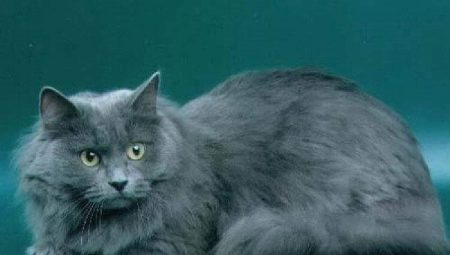
Siberian cats have long won the love of their breeders. They are appreciated not only for their character traits, but also for their special appearance. One of the favorites of connoisseurs of cat beauty is a blue cat. Since a considerable part of the owners to this day believe that Siberians have such a color, it is time to put an end to this issue. We will tell you which cat is attributed to the blue color, and what is the reason for the delusion.
General concepts
Often the authors write not about the Siberian smoky cat, but about the Russian blue cat breed. Despite the conflicting opinions indicated on the information portals of the Internet, the Siberian blue cat does not exist in nature. The townsfolk often confuse her with the Russian blue. However, her connection with the Siberian is not confirmed by anything. In addition, the Russian cat is from Arkhangelsk and has short hair.
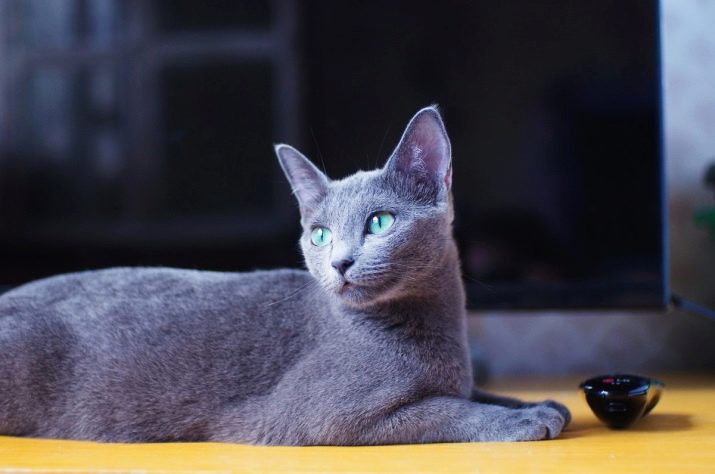
The very name "Russian blue" is considered conditional. At one time, these animals received recognition in England, they were called cats of the "foreign type". The selection was approved abroad, while in Russian cats only the roots and the name remained with the Russians. Otherwise, they have nothing to do with Siberians.
Siberians also descended from Bukhara cats, they are considered conditionally aboriginal breed. These pets originated from large and long-haired cats, and the best animals of Krasnoyarsk, Novosibirsk and Kemerovo were selected for breeding. They were recognized in Russia, where the breed standard was fixed, which happened not so long ago.
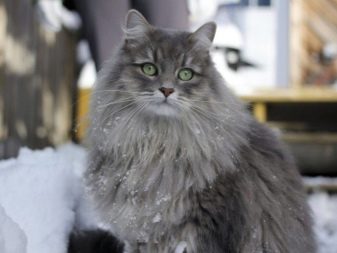
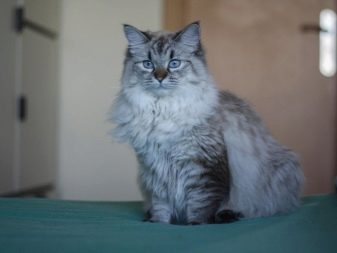
The name "blue" in the Siberian cat is explained characteristic smoky color with an admixture of barely noticeable blueness (the so-called "blue smoke"). This is what explains why the cat is called the Siberian blue.
In the further material of the article, we will consider pets of the smoky color, calling them conventionally "blue".
Color features
The animals received their characteristic smoky-blue color as a result of crossing silver-colored congeners and recessive colors with the absence of agouti. The color standard provides for a single color of the animal without any pronounced pattern or points. Whitish spots on the face, chest or torso are unacceptable. Outwardly, this color looks noble, the fur coat, shimmering in the light with a silvery sheen, gives the appearance of the pets a special status.
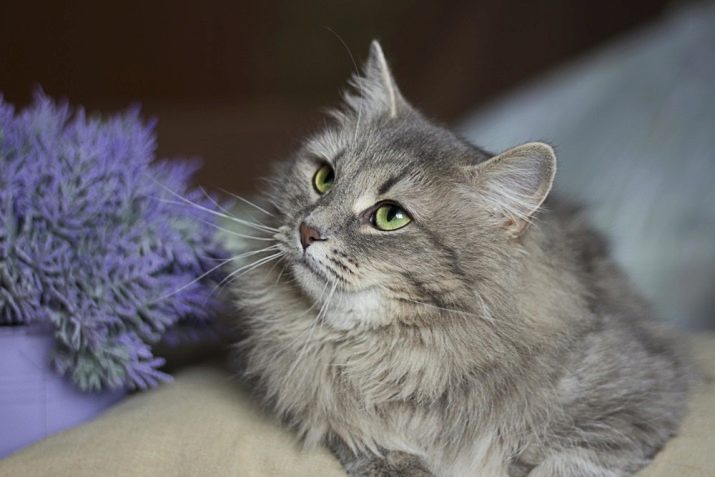
The degree of color saturation can be different (both light and dark), however, the shade should be the same in one animal. Shading of certain parts of the body is considered a disadvantage. Usually this is typical for small kittens: their legs and back are often darker, and a tabby pattern can be traced along the body. However, with the first molt, this drawback is eliminated, the color is leveled to a single color. To prevent the pet from getting rusty spots, it has to be protected from the sun.
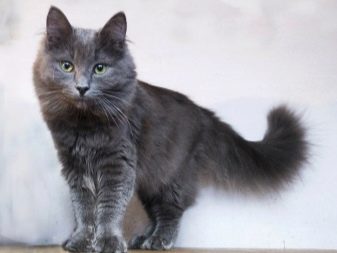
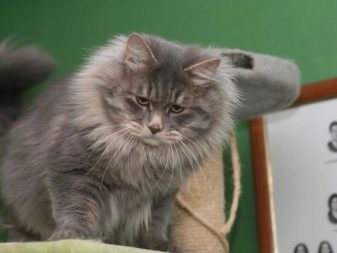
Description of the breed
Siberian blue cats are distinguished by their large, rather developed and heavy body. They have a thick and long coat, powerful and developed paws, proportional to the body. The average weight of Siberians is 6 kg, however, it often reaches 12 kg. At the same time, as a rule, females have less weight, the height at the withers can be 30-33 cm and more. These cats have pubescence between the toes of rounded paws.
The head of the pets is round, the chin is rounded, not protruding. The length of the tail in these animals is average, it is proportional to the body, the width of the tail is greater at the base, at the end it is somewhat narrowed. The coat has a thick and double undercoat.
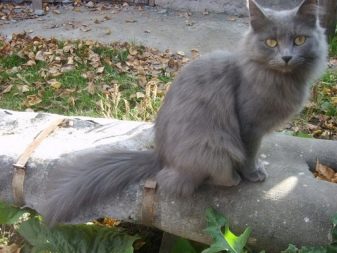
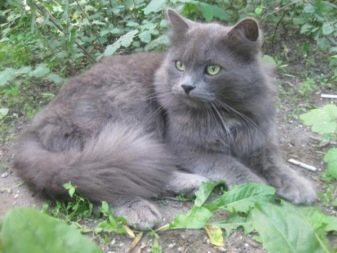
The ears of Siberians can be small and large, they are slightly inclined forward, round at the ends. Ideally, the distance between them is equal to the width of one ear. The base of the ears is covered with pubescence. There may be lynx-like tassels at the ends of the ears. The eyes of the Siberian blue cats are large, round, the outer corners are inclined towards the base of the ears. The upper part of the head is flattened, the nose is barely curved, and has a small depression. The neck is round, strong and muscular. The life resource of cats is on average 15 years.

Character
Siberian smoky cats are distinguished by their waywardness and overestimated self-esteem. They see themselves as important family members requiring due respect, like the head of a family. Unlike other relatives, Siberians do not put up with the presence of other pets in the house. They always take a leadership position and from the household, one is recognized as the authority. As a rule, this is the person who pays them more attention, care, affection, the one who feeds them, walks and treats them.
In most cases, it is the rules of this person that the cat follows perfectly.
However, in the absence of proper and timely education, the animal may not recognize him either. A well-bred cat sometimes obeys all household members, he is active and playful.
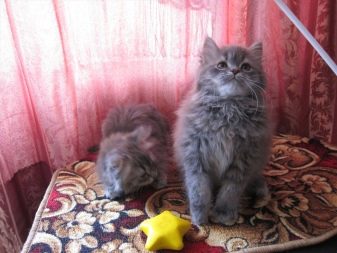

In general, the breed is considered peaceful and good-natured. In addition to loyalty to their masters, Siberians show tact. They will never allow themselves to crawl under their feet and beg for attention. These pets, on the contrary, will pretend that they allow themselves to be stroked, and not beg for affection.
Smoky Siberians are distinguished by high intelligence and curiosity. Therefore, some owners try to teach them different commands. For example, pets very quickly understand their name, the commands "eat", "let's play", "walk". They do not worry about the change of scenery, they adapt to the new environment in a private house and apartment.
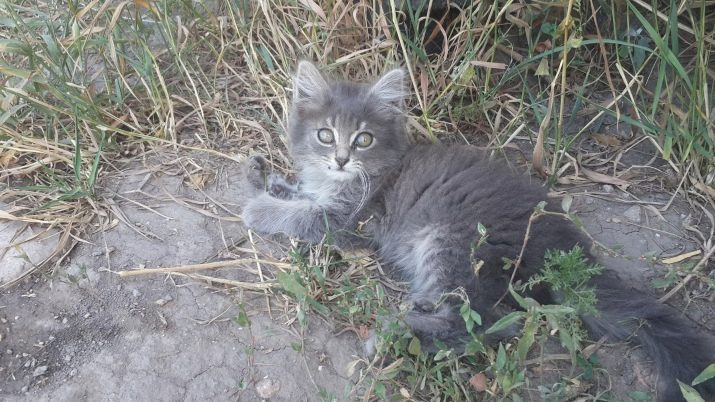
By nature, such cats are born hunters, which explains the playfulness of small kittens. Often, laziness is unusual for adult cats, and therefore there should be no birds or small domestic rodents in the house. Even a well-bred animal can succumb to temptation and eat moving "prey". As for street rodents, Siberians destroy them not only on their territory, but also from their neighbors.
The body of hunters is well developed, and of lazy individuals it is weak. Pets behave differently in relation to people. They do not like some and do not admit them to themselves, while others try not to admit them at all to their beloved master. Still others try to show indifference to everyone, despite the fact that nothing escapes their seemingly indifferent look.
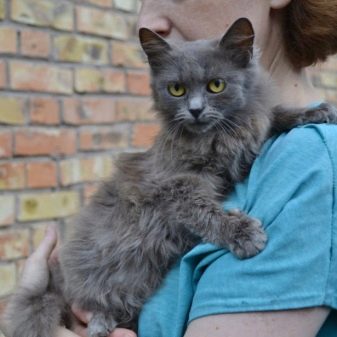
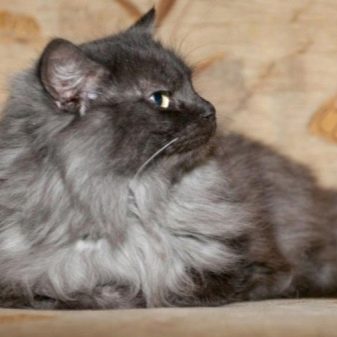
Siberians love children, sometimes showing parental instincts. They can babysit children in their own way, protect their sleep, grumble at those who are suitable and prevent pets from playing with children. When communicating with babies, pets do not allow themselves to release their claws. They take care of themselves, and therefore do not flirt, so as not to hurt the kids.
Nuances of content
Both an adult cat of conventionally blue color and a small kitten need proper care. On the very first day of appearance in the house, the kitten should have its own bed. If you put him in bed with him, he will not understand the division into “his” and “someone else's”. This will affect the disobedience and lack of recognition of the authority of the owner. In addition to the couch, they immediately buy a tray with low sides. The first toilet doesn't have to be big or expensive. It is better to buy another bigger one later, but it will be inconvenient for the kitten to immediately go into a deep pot.
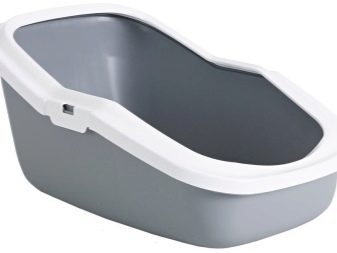
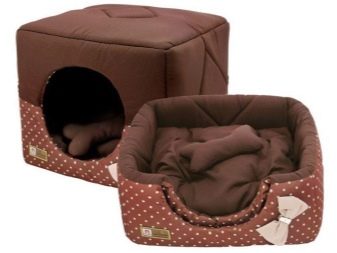
So that the pet does not create problems with natural needs in the future, it can be taught to walk outside for this.
A small kitten is taken out for a walk more often, and the walks at first should not be long. You can take your baby outside after vaccination. After each walk, it is necessary to inspect the fur coat so as not to miss infection with parasites (ticks or fleas). If they are present, it is necessary to urgently contact a veterinarian who will quickly and effectively help solve the problem.
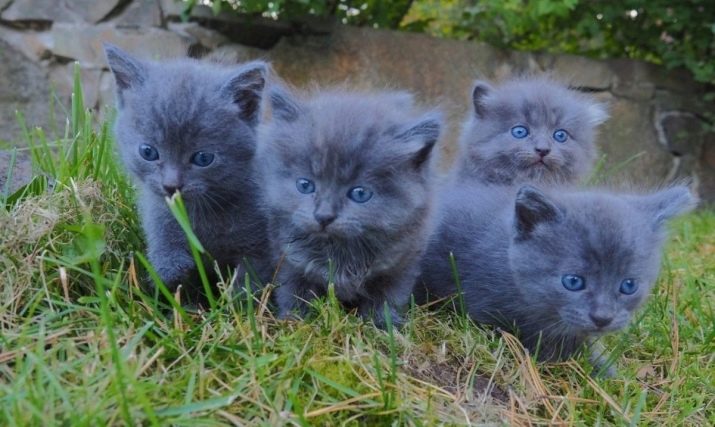
As for grooming the hair, these procedures will take a lot of time, but they will save the pet from dead hair, which he can wear for months. In addition, brushing will help to reduce the amount of hair lying around the house and sowing the weight of the item during shedding. In addition to a comb and a slicker, you will have to buy furminator... He will not rid the cat of tangles, but after combing out with a regular comb, he will remove the dead hair quickly and efficiently.
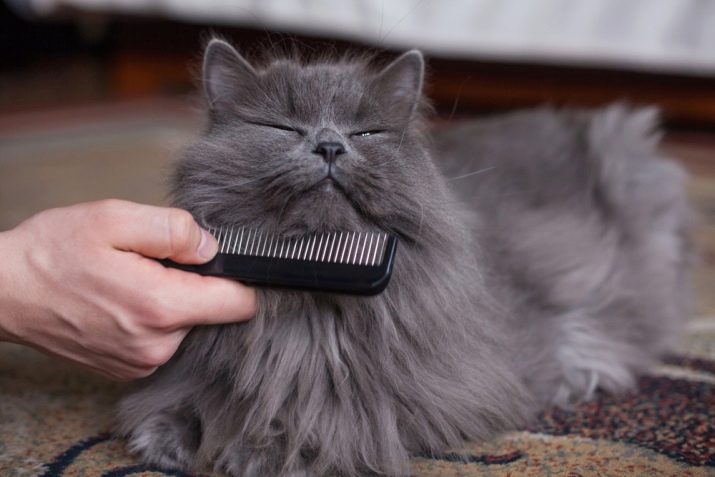
As it gets dirty, you will have to clean your pet's ears and teeth.... If the condition of the teeth is not monitored, the enamel will become yellow, in addition, the abrasion of the teeth will accelerate. For leaving, you will have to pick up a special brush and paste. The hygiene products used by humans are not suitable for cats. Ears need to get rid of earwax using a cotton pad dipped in warm boiled water. From time to time it is necessary to visit the veterinarian and carry out antiparasitic treatment.
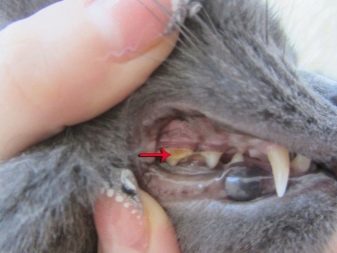
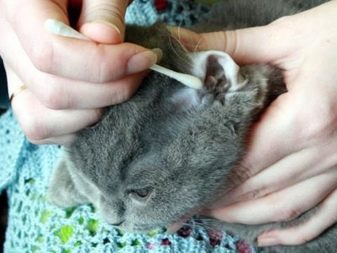
The claws of Siberians need to be trimmed regularly, for which the owners buy a special device - a claw cutter. It will save the cat from the tedious clipping of the claws and reduce the duration of the procedure. To prevent your pet from tearing wallpaper, furniture and carpets, it must have its own scratching posts. Ideally, there should be at least two of them. You need to feed a kitten more often than an adult. Nutrition should be balanced and complete. The animal needs vitamins and nutrients.
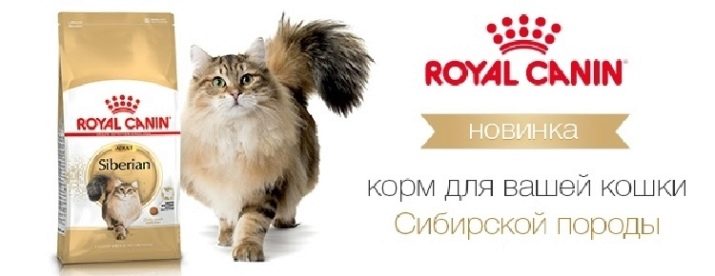
Feed can be natural or industrial, while mixing wet with dry is not recommended.
It is necessary to accustom your pet to a new food gradually so as not to upset its digestive system. Given the active lifestyle, Siberians need high-calorie food. However, it should not be greasy.In order to strengthen the tooth enamel, it is necessary to ensure that the pet receives the necessary vitamin and mineral complexes with food.
Do not feed kittens and adult cats with smoked sausage, dumplings, sausages, chips, smoked fish. Meat in the diet can be raw or boiled. If natural food is chosen as the basis of nutrition, it is not recommended to give dry food to the cat too often. The diet should include fish, kefir, eggs, cottage cheese and seafood. To get rid of the hair accumulating in the body, the pet must be given sprouted cereals.
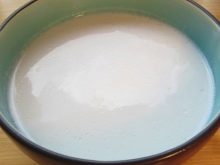
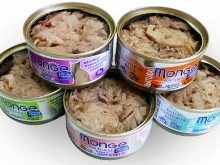

For the characteristics of the breed, see the following video.






























